
Where We Be
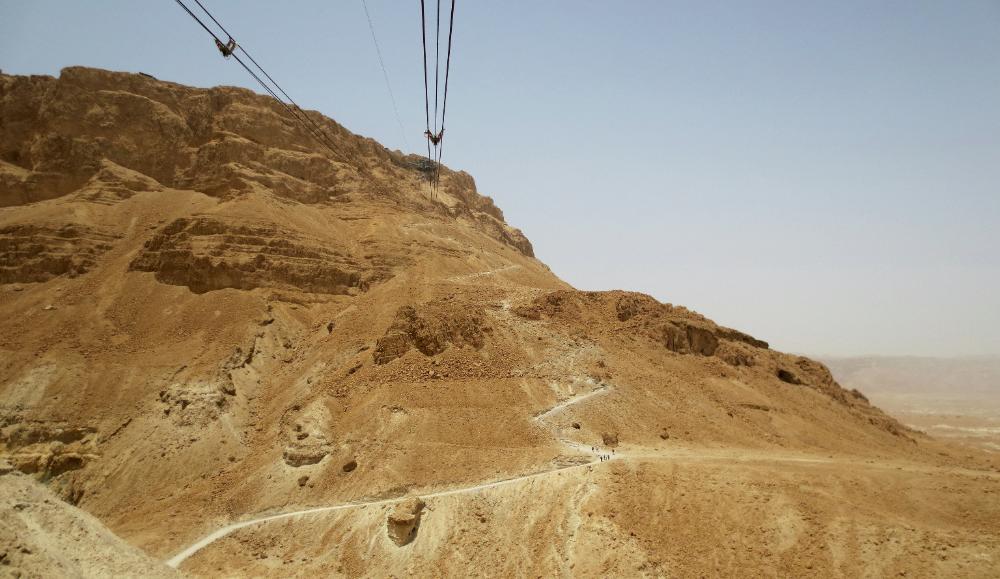
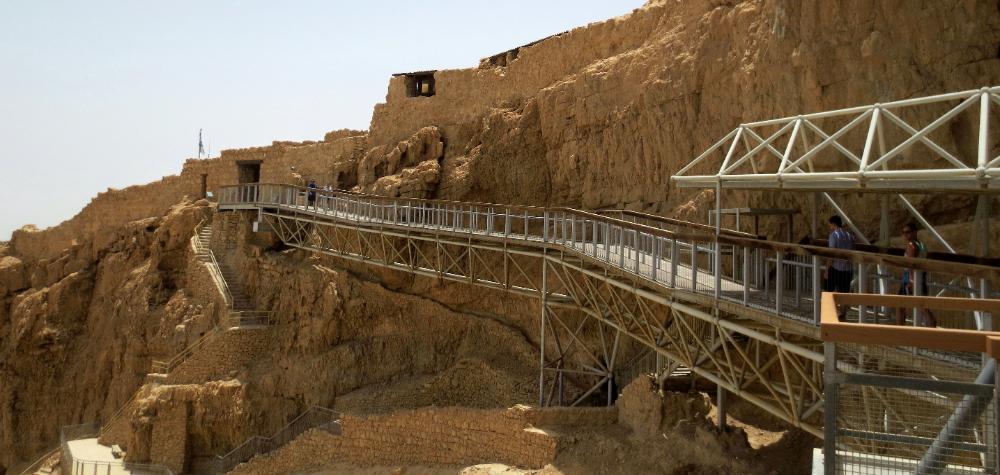
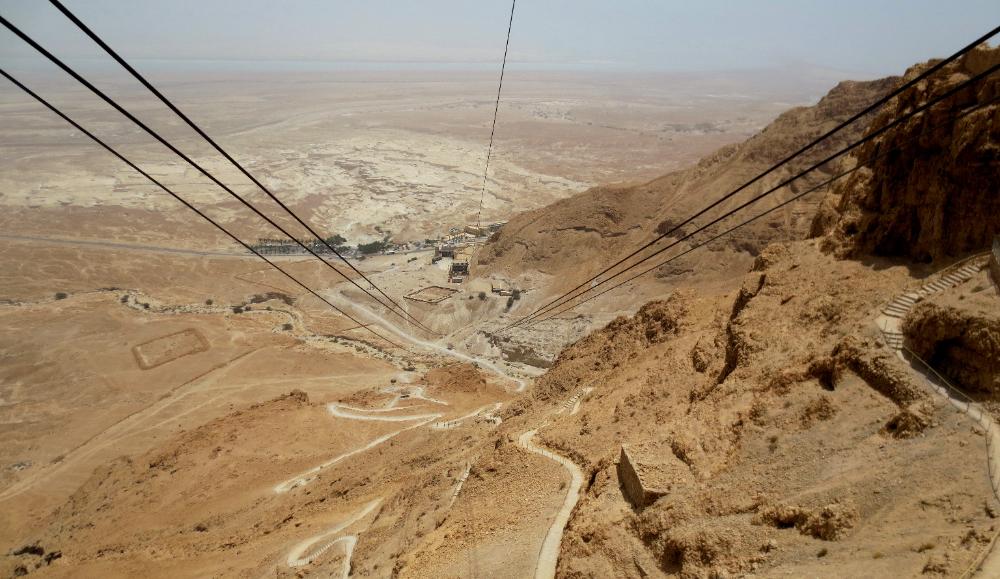
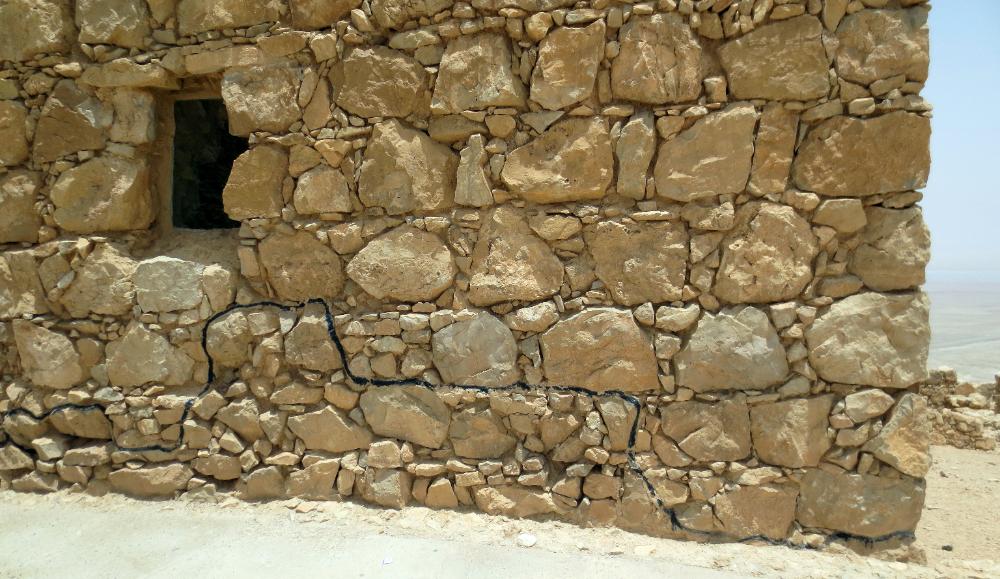
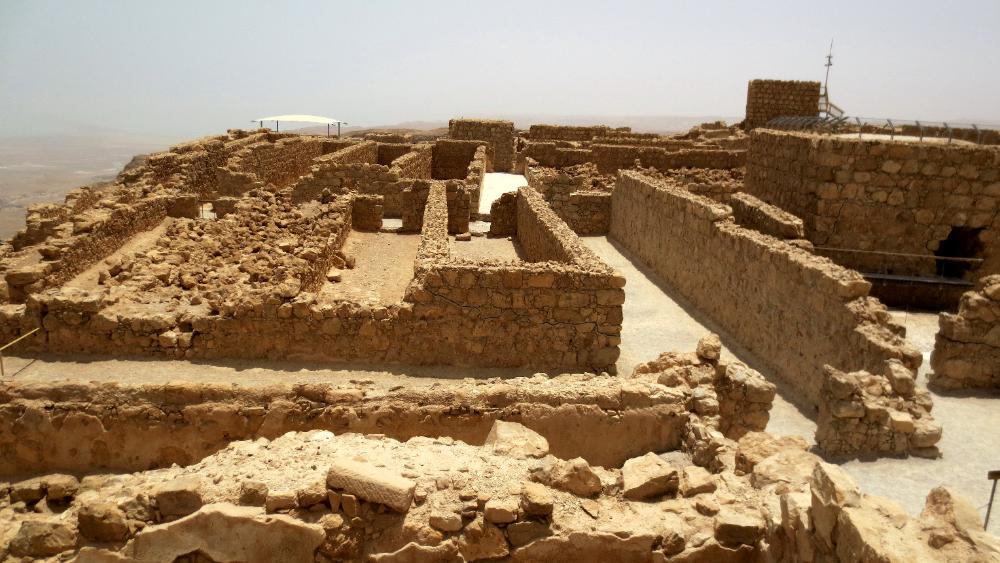
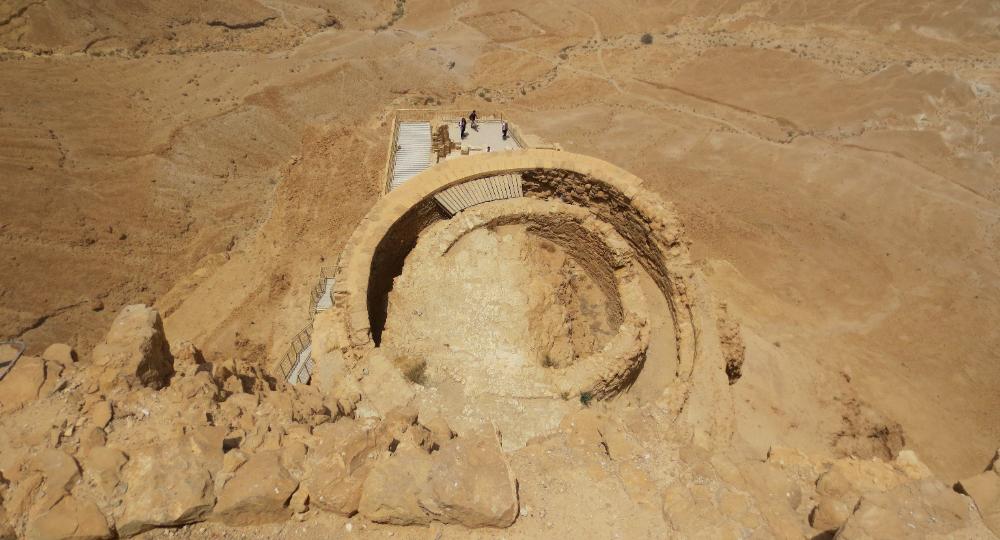
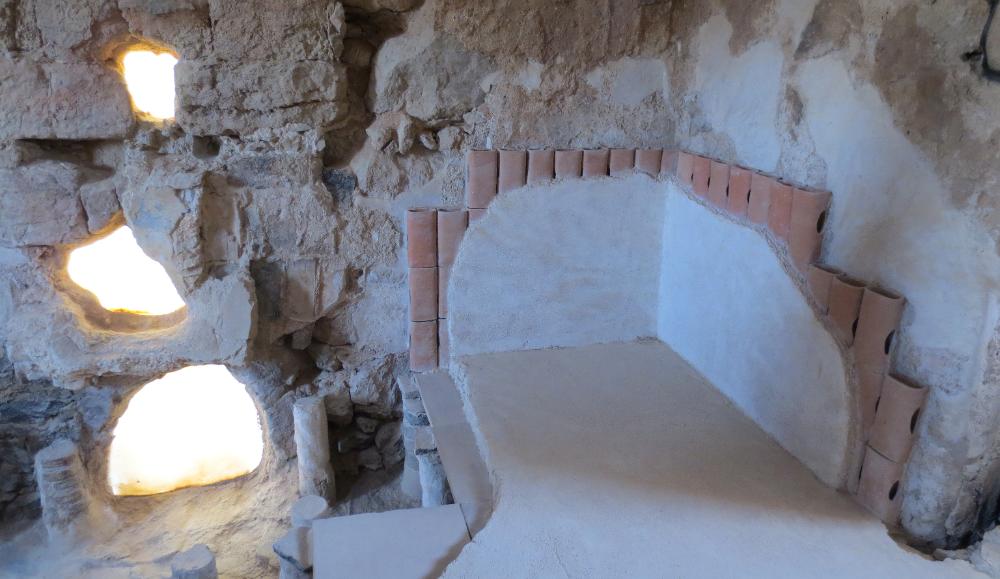
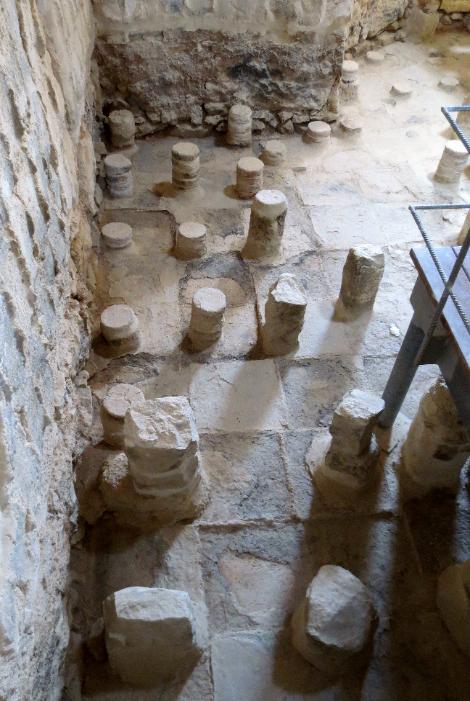
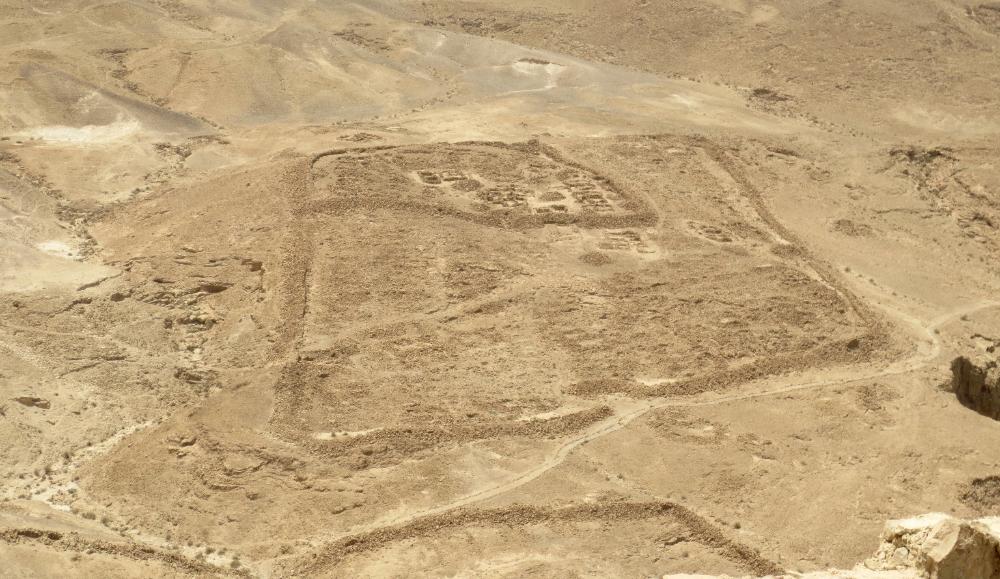
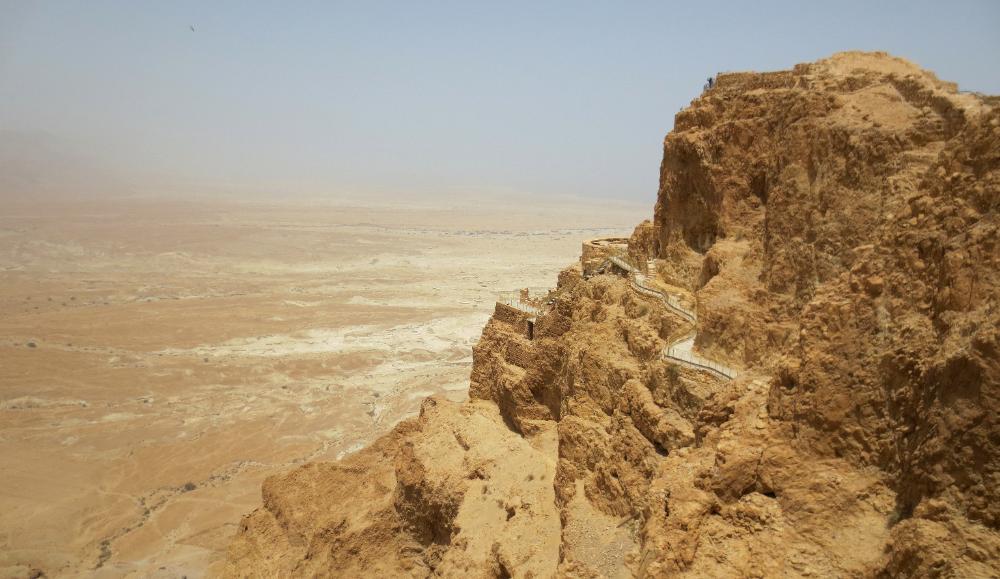
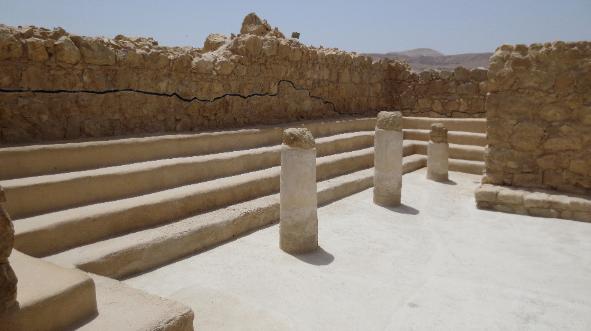
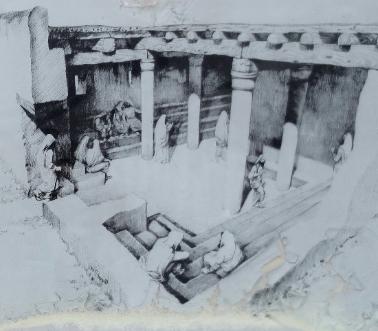
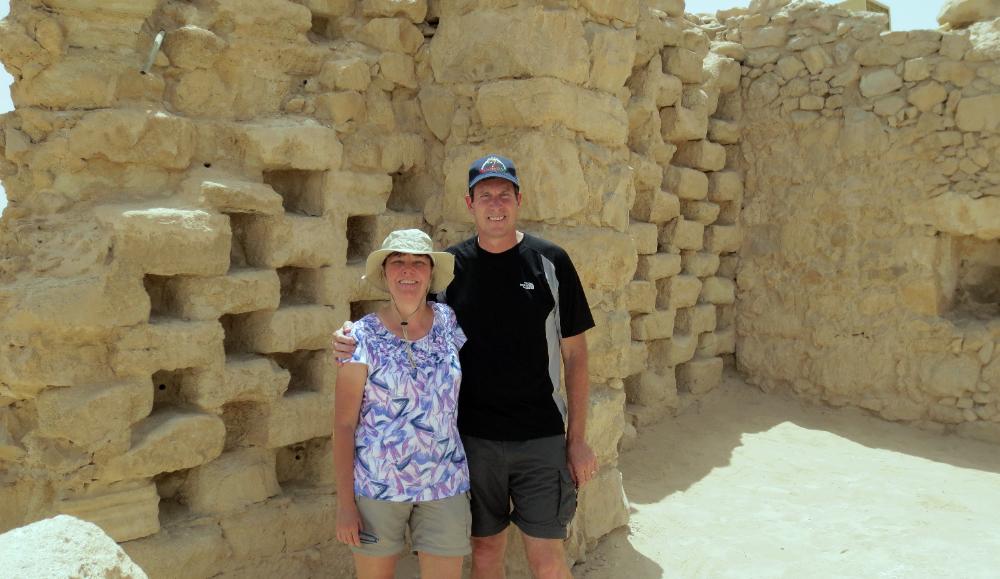
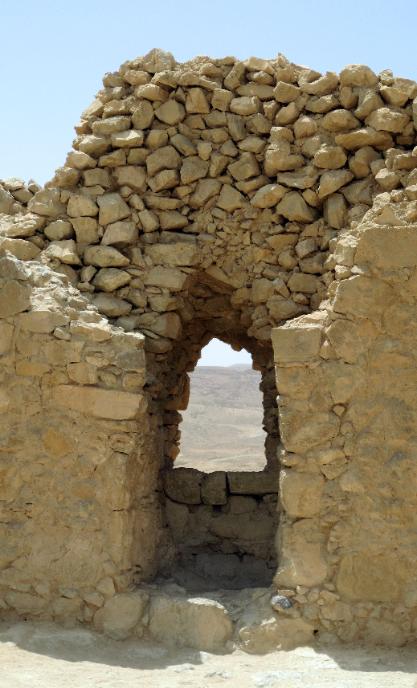
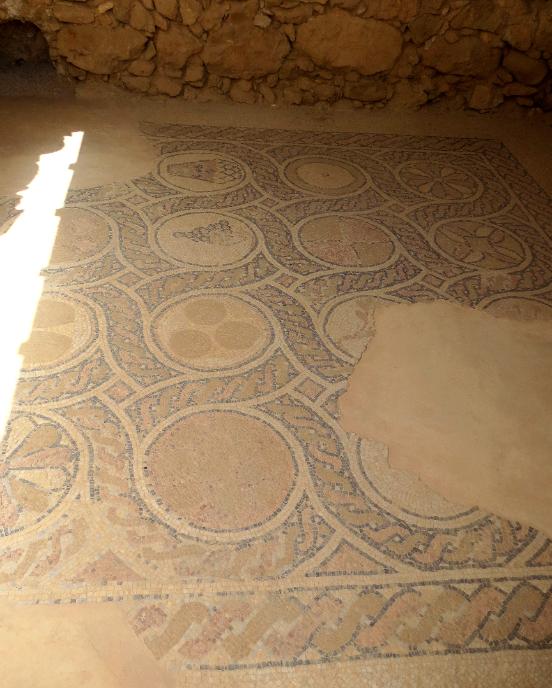
| View of the desert fortress of Masada high atop the plateau |
| Masada, Israel |
| The cable car brings you to this walkway at the top |
The story of Masada is compelling. By 70 AD the
second temple in Jerusalem lay in ruins and the
Jewish rebellion against Roman rule had failed.
But in the desert fortress of Masada, a small
band of rebels fought on. The Roman army laid
siege to Masada in 73 AD and began the
laborious process of building an assault ramp
up to the top of the plateau. Once completed, it
allowed them to breach the fortress wall with a
battering ram. Knowing defeat was imminent,
the 960 Jewish rebels and their families chose
mass suicide rather than submit to slavery.
It was Herod the Great (who else?) who fortified
Masada and built palaces on top (37-31 BC). He
built a "hanging" palace up here, tucked away
on one side of the mountain behind a false wall.
He also set up elaborate rain catchments to
channel water into the fortress. Herod liked his
creature comforts, and his sumptuous palace
included a sauna, among other things.
second temple in Jerusalem lay in ruins and the
Jewish rebellion against Roman rule had failed.
But in the desert fortress of Masada, a small
band of rebels fought on. The Roman army laid
siege to Masada in 73 AD and began the
laborious process of building an assault ramp
up to the top of the plateau. Once completed, it
allowed them to breach the fortress wall with a
battering ram. Knowing defeat was imminent,
the 960 Jewish rebels and their families chose
mass suicide rather than submit to slavery.
It was Herod the Great (who else?) who fortified
Masada and built palaces on top (37-31 BC). He
built a "hanging" palace up here, tucked away
on one side of the mountain behind a false wall.
He also set up elaborate rain catchments to
channel water into the fortress. Herod liked his
creature comforts, and his sumptuous palace
included a sauna, among other things.
| Looking down some 1,300 ft (400 m), you can see the snaking path to the top. The rectangular shapes demarcate ancient Roman army encampments. |
| The plateau at the top is peppered with ruins, including three different palaces built by Herod the Great |
| All the ruins at Masada have black lines painted on them to show where the actual ruins are versus any reconstruction work |
| The largely intact ruins of this UNESCO World Heritage Site make it an archaeological site of great significance |
| Boiling water was poured in, heating up the short clay columns below the (now partial) flooring. |
| Looking down on Herod's lavish royal retreat, which seems to hang off the edge of the mountain |
| The Roman encampments can still be seen surrounding Masada. The Roman military camps and siege-works are said to be the most complete surviving to this day. |
| A path snakes along the back side of Masada towards Herod's opulent palace |
| The Jewish rebels turned this room from what was probably a stable into a synagogue |
| This dovecote has niches for roosting doves, which provided meat for inhabitants as well as fertilizer for crops |
| Largely intact floor mosaic from a Byzantine-era church at Masada |
| There's a hard way up to Masada (the switchbacks) and an easy way up (the cable car). We took the easy way. |

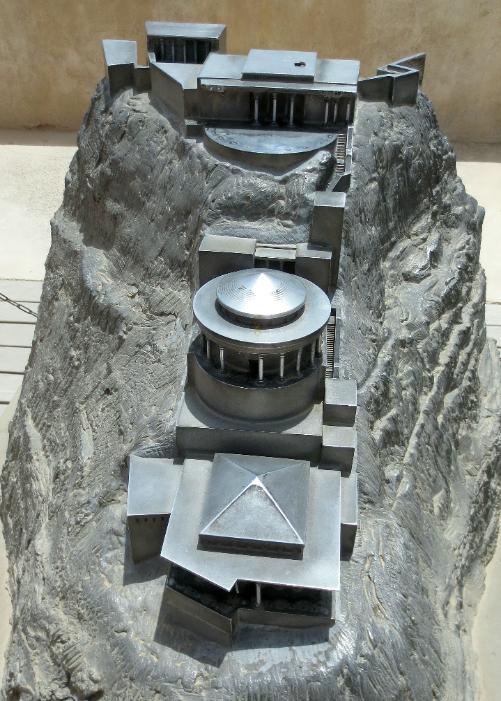
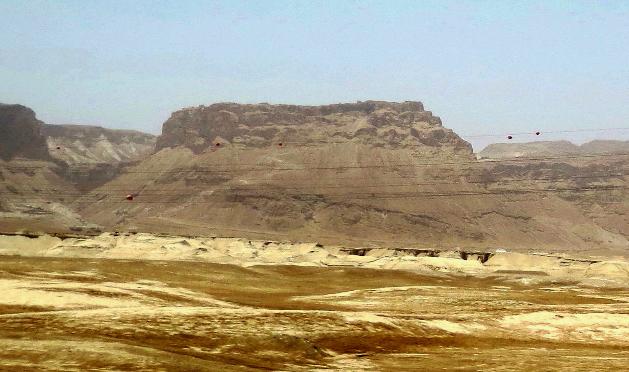
| The sauna room is surprisingly intact. Steam emerged through holes in the reddish clay pipes, keeping the room hot. |
| This model shows what Herod's "hanging" palace once looked like with its three terraces |
| Interesting window on the world |
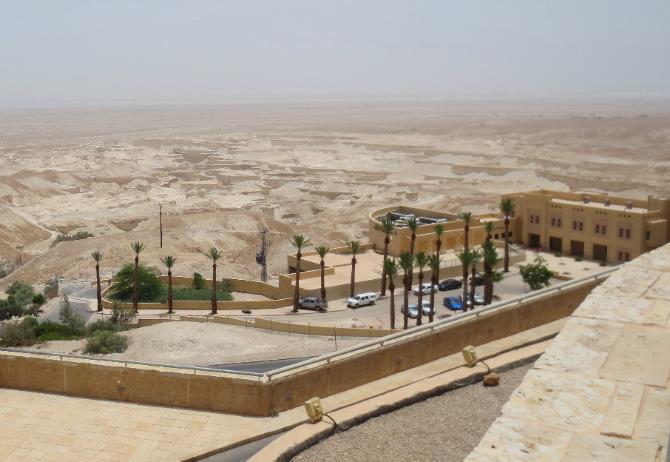
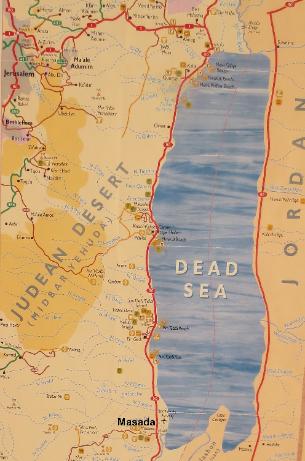
| Beyond the visitor center at Masada is the Judaean Desert -- and the Dead Sea barely visible in the distance |